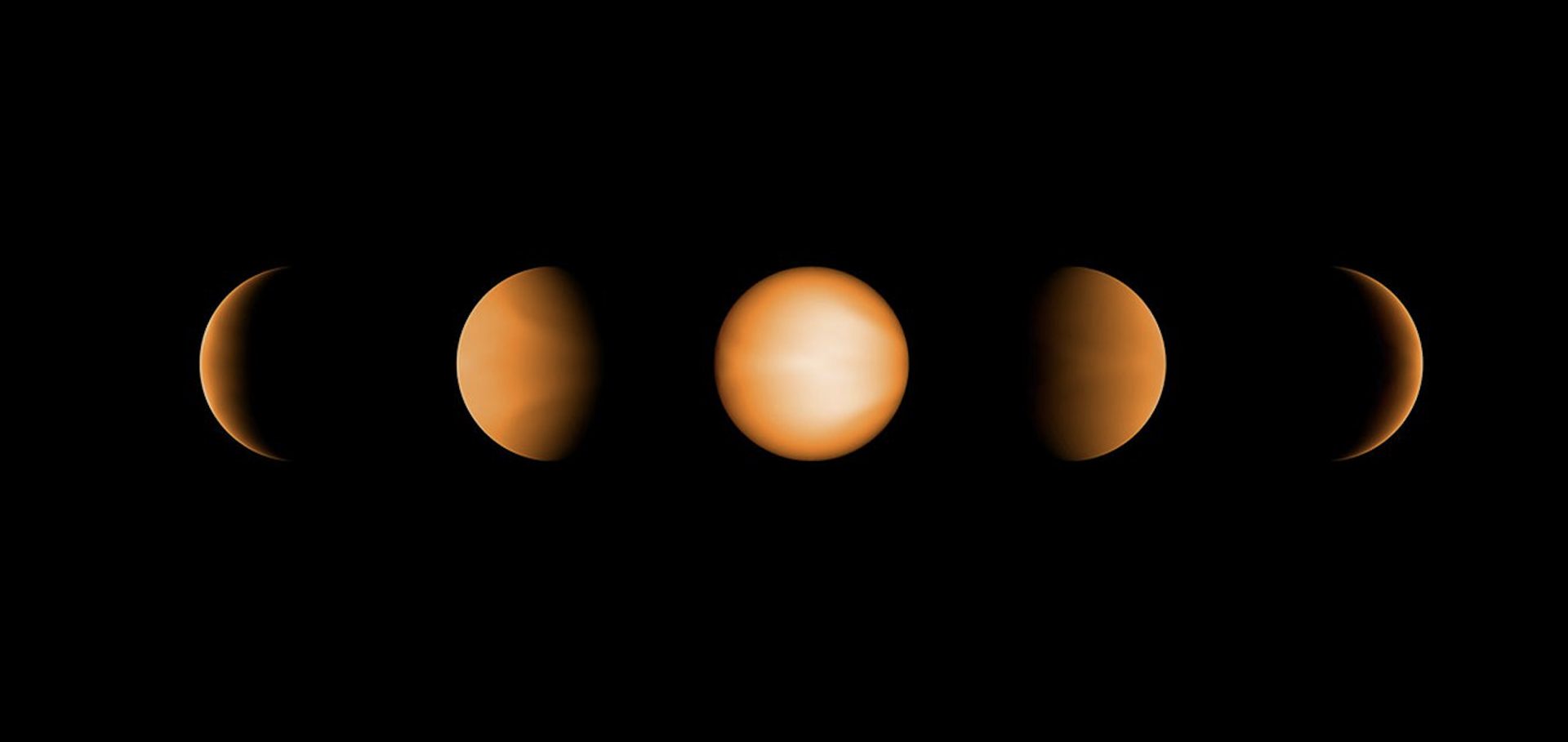How does thermal scattering shape the infrared spectra of cloudy exoplanets? A theoretical framework and consequences for atmospheric retrievals in the JWST era
Abstract:
Observational studies of exoplanets are suggestive of a ubiquitous presence of clouds. The current modelling techniques used in emission to account for the clouds tend to require prior knowledge of the cloud condensing species and often do not consider the scattering effects of the cloud. We explore the effects that thermal scattering has on the emission spectra by modelling a suite of hot Jupiter atmospheres with varying cloud single-scattering albedos (SSAs) and temperature profiles. We examine cases ranging from simple isothermal conditions to more complex structures and physically driven cloud modelling. We show that scattering from nightside clouds would lead to brightness temperatures that are cooler than the real atmospheric temperature if scattering is unaccounted for. We show that scattering can produce spectral signatures in the emission spectrum even for isothermal atmospheres. We identify the retrieval degeneracies and biases that arise in the context of simulated JWST spectra when the scattering from the clouds dominates the spectral shape. Finally, we propose a novel method of fitting the SSA spectrum of the cloud in emission retrievals, using a technique that does not require any prior knowledge of the cloud chemical or physical properties.The Dark World: A Tale of WASP-43b in Reflected Light with HST WFC3/UVIS
A comprehensive reanalysis of Spitzer’s 4.5 μm phase curves, and the phase variations of the ultra-hot Jupiters MASCARA-1b and KELT-16b
Cloud property trends in hot and ultra-hot giant gas planets (WASP-43b, WASP-103b, WASP-121b, HAT-P-7b, and WASP-18b)
Evidence for disequilibrium chemistry from vertical mixing in hot Jupiter atmospheres: a comprehensive survey of transiting close-in gas giant exoplanets with warm-Spitzer/IRAC
Abstract:
Aims: We present a large atmospheric study of 49 gas giant exoplanets using infrared transmission photometry with Spitzer/IRAC at 3.6 and 4.5 μm. Methods. We uniformly analyze 70 photometric light curves of 33 transiting planets using our custom pipeline, which implements pixel level decorrelation. Augmenting our sample with 16 previously published exoplanets leads to a total of 49. We use this survey to understand how infrared photometry traces changes in atmospheric chemical properties as a function of planetary temperature. We compare our measurements to a grid of 1D radiative-convective equilibrium forward atmospheric models which include disequilibrium chemistry. We explore various strengths of vertical mixing (Kzz = 0-1012 cm2 s-1) as well as two chemical compositions (1x and 30x solar).
Results: We find that, on average, Spitzer probes a difference of 0.5 atmospheric scale heights between 3.6 and 4.5 μm, which is measured at 7.5σ level of significance. Changes in the opacities in the two Spitzer bandpasses are expected with increasing temperature due to the transition from methane-dominated to carbon-monoxide-dominated atmospheres at chemical equilibrium. Comparing the data with our model grids, we find that the coolest planets show a lack of methane compared to expectations, which has also been reported by previous studies of individual objects. We show that the sample of coolest planets rule out 1x solar composition with >3σ confidence while supporting low vertical mixing (Kzz = 108 cm2 s-1). On the other hand, we find that the hot planets are best explained by models with 1x solar metallicity and high vertical mixing (Kzz = 1012 cm2 s-1). We interpret this as the lofting of CH4 to the upper atmospheric layers. Changing the interior temperature changes the expectation for equilibrium chemistry in deep layers, hence the expectation of disequilibrium chemistry higher up. We also find a significant scatter in the transmission signatures of the mid-Temperate and ultra-hot planets, likely due to increased atmospheric diversity, without the need to invoke higher metallicities. Additionally, we compare Spitzer transmission with emission in the same bandpasses for the same planets and find no evidence for any correlation. Although more advanced modelling would test our conclusions further, our simple generic model grid points towards different amounts of vertical mixing occurring across the temperature range of hot Jupiters. This finding also agrees with the observed scatter with increasing planetary magnitude seen in Spitzer/IRAC color-magnitude diagrams for planets and brown dwarfs.


